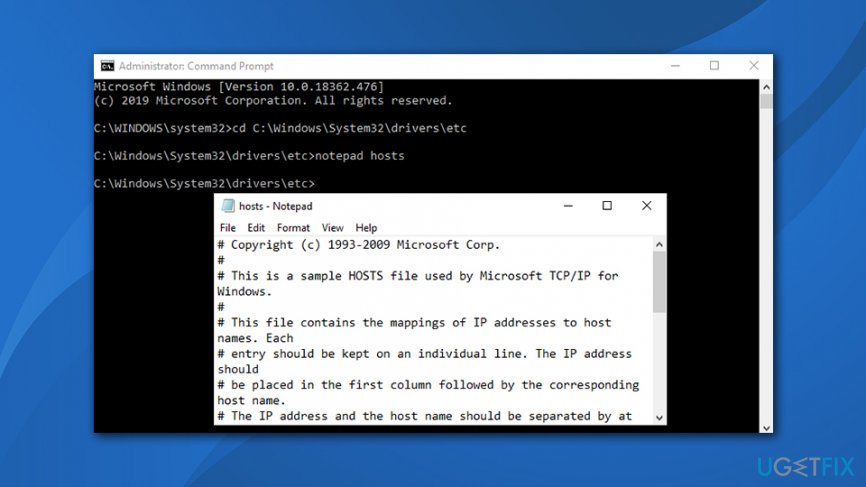

WARNING!Just before you click Save make sure the Save as type option is set to All Files (*.*).

Click Yes and then save it to another location, like desktop or Documents folder.

Do not use the address and server name in the example. The graphic below shows an example of what the entry would look like.

The only way I know is to save the file to another location and then copy it back to the original location. You will still get an access denied error. You can also try to edit the hosts file by starting the Notepad as an Administrator while logged in as an Administrator. In Windows 8/8.1 you will get an access denied error when you edit the hosts file, even when you are logged in as an Administrator.
#Cannot modify hosts file in windows 10 windows 8#
Thanks to Microsoft, the HOSTS file is more secure in Windows 8 and requires additional steps.
#Cannot modify hosts file in windows 10 how to#
In this article I won’t focus on how to protect your HOSTS file, instead I want to show you how to edit the file in Windows 8/Windows 8.1 because editing this file is not so easy anymore. Those of us who are concerned about computer security started to make the HOSTS file read-only but the bad guys found ways to remove the read-only attribute and still were able to mess with the HOSTS file. In fact, it was so easy to edit that the bad guys started to use the file to do bad things to our computers by adding entries without our permission or knowledge. In previous versions of Windows, the hosts file was very easy to edit. This allows communication over a TCP/IP network. The HOSTS file in Windows (and other operating systems) is used to map host names to IP addresses. A computer, printer, tablet, and routers are all examples of TCP/IP devices. What is a TCP/IP device? Well, every device that uses TCP/IP protocol to communicate on a network is considered a TCP/IP host. A “host” name is used by TCP/IP to identify a TCP/IP device on the network.


 0 kommentar(er)
0 kommentar(er)
